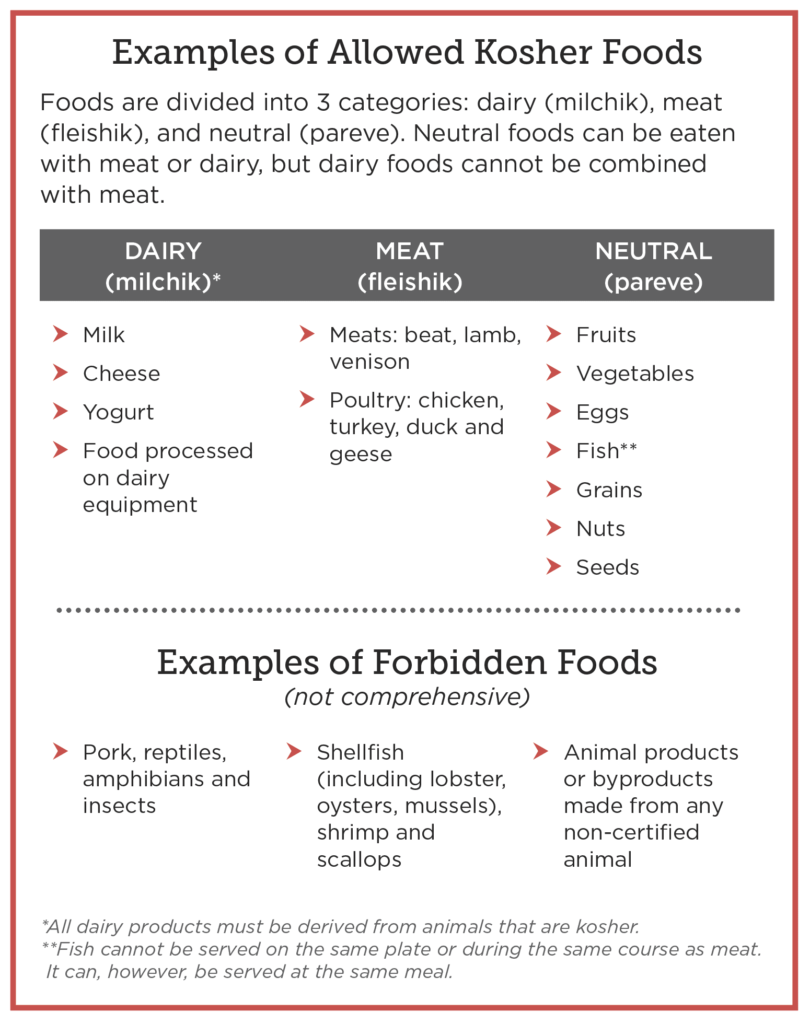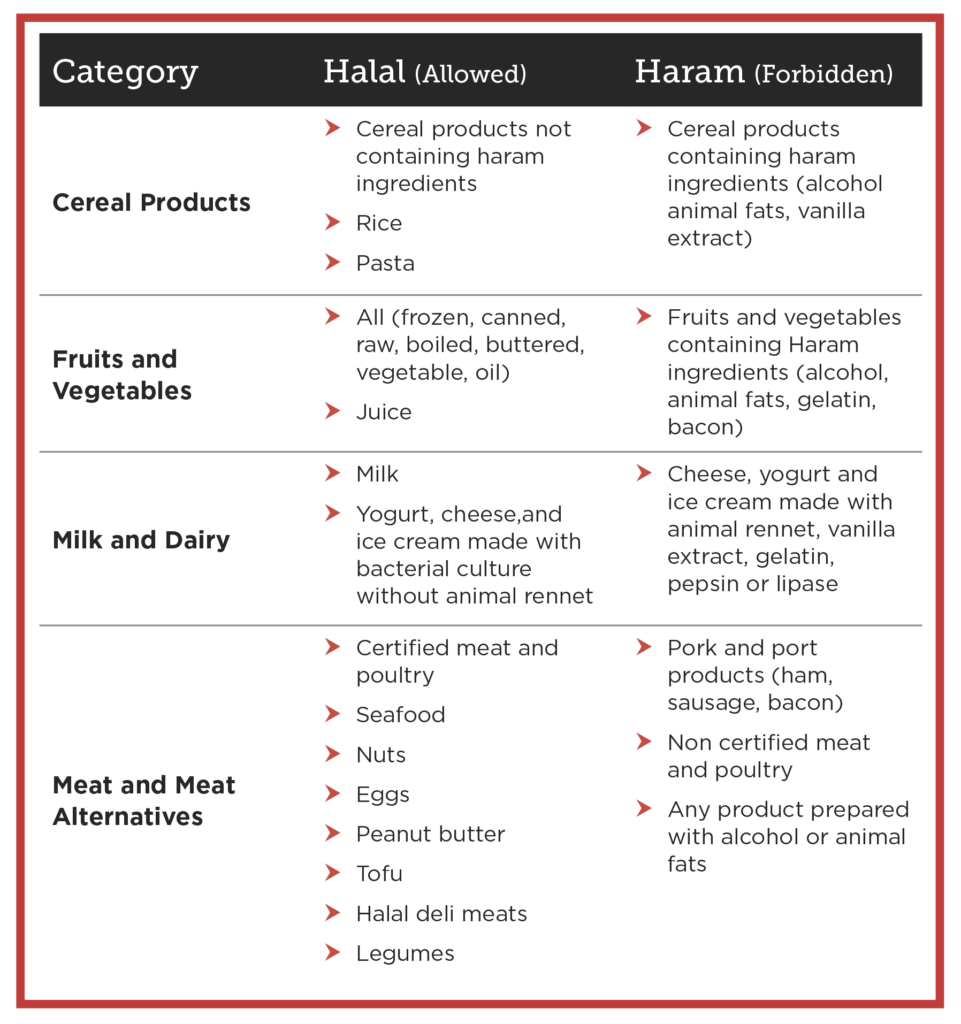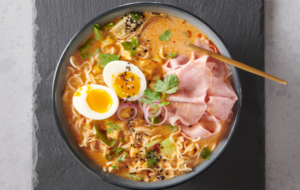In today’s multicultural landscape, operators should understand the different dietary practices, such as kosher and halal.
The global market for kosher food is expected to reach nearly $13 billion by 2027, according to research by Technavio, and North America is expected to contribute to more than half of that growth. Halal foods also are seeing a surge, with spending expected to grow from $1.27 globally in 2021 to $2.04 trillion by 2025, Statista reports.
The kosher diet
Food is kosher when it meets dietary requirements outlined by Jewish law or kashrut. A kosher symbol on a food product means the product has been certified kosher by an agency. Only animals that chew their cud, have cloven hooves and are free from disease are considered kosher.

The halal diet
Islamic dietary laws define which foods are halal. Halal foods are lawful and permitted to be eaten by those observing Islamic teachings. Muslims are not allowed to consume foods or beverages that are Haram, or forbidden. Foods that carry a halal symbol on their packaging have been approved by an agency.

It is often difficult to classify processed food as strictly halal or haram because of their ingredients. Consequently, it’s important to check labels to see if food is halal certified. If no certification is specified, verify the ingredients and look for haram (forbidden) ingredients.
By serving foods allowed according to these religious principles, you can satisfy the needs of a larger group of guests.

























